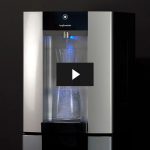Are there harmful plastic particles in your single use plastic drinking water bottle?
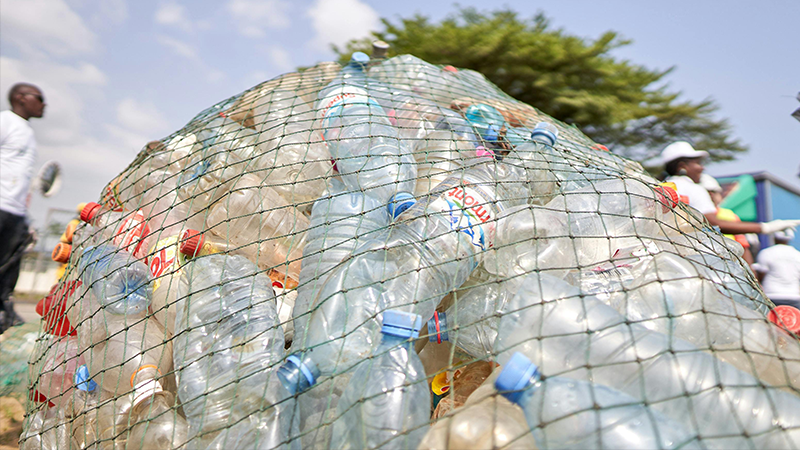
More and more is coming to the surface about the dangers and health implications of plastic bottles leaving microplastics within drinking water.
Columbia University has carried out various research and tests to determine the extent of plastic in water bottles which has some concerning results. They have discovered alarming results on microplastics and nanoplastics, which is now making us question, is it safe to drink water from single use plastic bottles? As a manufacturer of point of use water dispensers we believe that water refill stations provide a better alternative to plastic bottles from an environmental point of view, but with water quality an additional concern, the value of a filtered water cooler or tap increases significantly.
Is it safe to drink water from single use plastic bottles?
In this article, we’ll highlight more about exactly what are microplastics and nanoplastics and how are they entering the human system through single use plastic drinking water bottles. We will also explain how point of user water dispensers use filtration and other hygiene technologies to ensure water that is safe to drink and free from microplastics and nanoplastics.
What are microplastics?
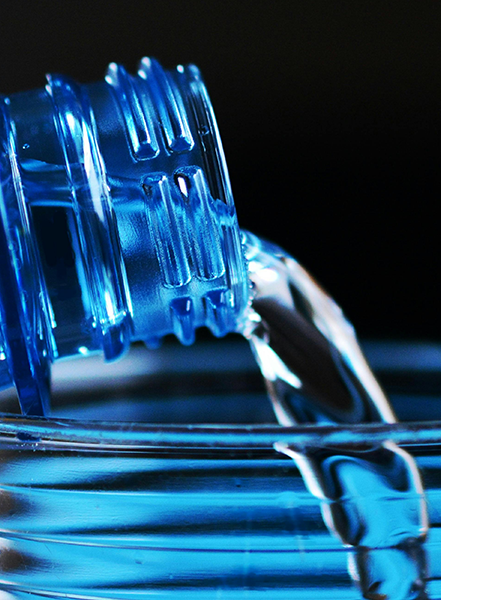
Microplastics are tiny particles of plastic that are smaller than 5 millimetres in size. They can be classified into two main categories: primary microplastics and secondary microplastics.
Primary microplastics are small plastic particles that are intentionally manufactured for specific purposes, such as exfoliating scrubs.
Secondary microplastics are the result of the breakdown of larger plastic items due to various environmental factors such as sunlight, heat, and mechanical action. As larger plastic items, like bottles and bags, break down into smaller and smaller pieces, they eventually become microplastics.
What are nanoplastics?
Nanoplastics are even smaller particles of plastic, typically with dimensions in the nanometre range, they are so small that they are measured in billionths of a metre.
They are a subset of microplastics and are considered to be on a much smaller scale.
Nanoplastics can be the result of the further breakdown of microplastics through various environmental processes, or they may be intentionally manufactured at the nanoscale for specific applications.
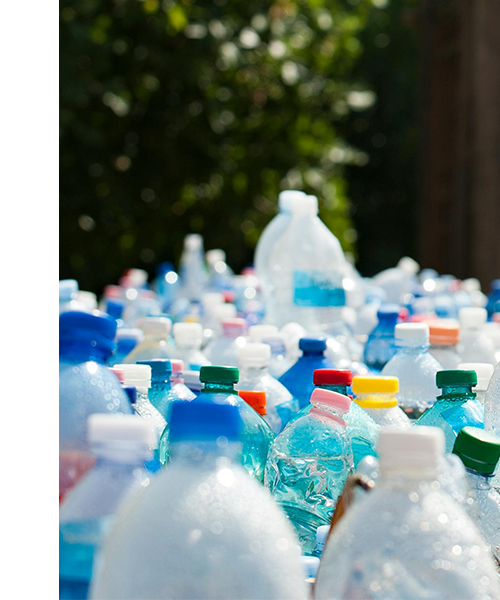
Global research on harmful microplastics to health
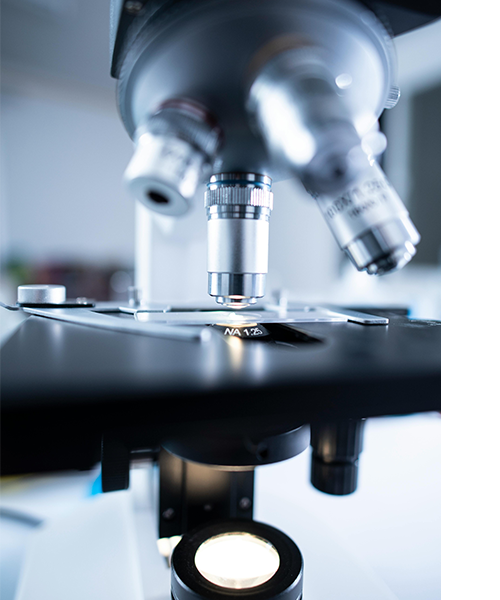
Global
WHO (World Health Organisation) carried out a health review where microplastics were found in 90% of bottled water.
The study analysed the world’s most popular plastic drinking water bottle brands in 9 countries and 19 locations and an average of 325 particles of plastic particles were found in every litre of water being sold.
In one single bottle of Nestle water as many as 10,000 particles of plastic were found per litre – a staggering amount. And from the 259 bottles which were tested as part of this study, just 17 bottles showed no traces of plastic.
South America
A recent study conducted by researchers at Columbia University, employing an innovative nanoplastic detection method, unveiled a prevalence of nanoplastics in bottled water that was 10 to 100 times higher than previously reported.
Until further tests and research are carried out, it’s unclear just how harmful it is to the human system to be ingesting plastic through things such as drinking water from plastic bottles. However, it is clear that there is cause for concern since plastic particles can cause harm as they rub against tissue.
Researcher Dr Benede, from the Spanish National Research Councils Institute of Food Science Research stated that ‘Tiny plastic particles may also harbour unhealthful stowaways. Microparticles and nanoparticles have the ability to bind all kinds of compounds when they come into contact with fluids, thus acting as carriers of all kinds of substances including environmental pollutants, toxins, antibiotics, or microorganisms.’
Finland, Helsinki
Laboratory testing has been carried out by Measurelabs’ environmental analytics expert Aatto Rautio, in Helsinki, who state that those who drink bottled water are exposed to higher concentrations of microplastics. This was a small sample study and further research is required however, it is in line with other studies such as that of Columbia and other similar studies.
There is also the issue that plastics don’t really biodegrade, so once ingested, they could remain with the human system for a long time, potentially posing long-term health issues.
How to avoid plastic particles in your drinking water
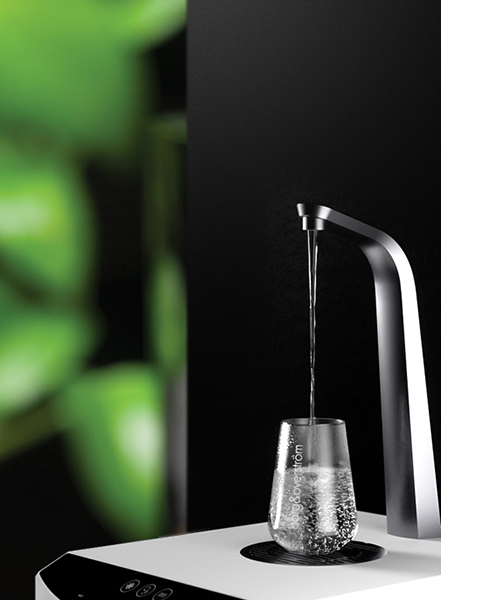
Switch to bottleless: At Borg & Overström we believe bottled drinking water is better for the environment.
All of our water dispensers are plumbed directly into the mains water outlet, so each glass is freshly filtered, chilled and poured.
Refillable stations allow you to drink safer water as there’s no need for plastic bottles.
Filter for purity: Any water source will particles, nanoplastics so to ensure these are removed before you drink it, it’s recommended to filter your drinking water. By using a water filter, it removes unwanted impurities from water, such as sediment, taste and odour, hardness and bacteria, to result in better quality water which is safer to drink. Dependent upon the type of filter used, they can remove microplastics and all the way down to nanoplastics. At Borg & Overström we use a 0.5 micron filter to remove any unwanted plastic particles leaving only great-tasting, healthier water that is safe to drink, without any concerns for plastic.
How does water filtration work?
Water filtration works as a physical barrier that can block or trap debris, including microplastics and nanoplastics, and sometimes bacteria from passing through. Generally, the size of the particles removed will depend on the size of the gaps in the filter barrier or membrane. A fine filter with the smallest gaps will mean a smaller particles are removed from the water.
How can you drink safer water?
If you would like to find out how to drink safer water, contact us at Borg & Overström…
- Distributor stories: Introducing the E6 Chilled-only to Kings College Hospital, London with FreshGround
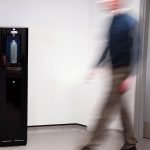
- The evolution of hospitality: From bottled water to sustainable solutions

- Designing for an energy-efficient workplace: top 5 implementations

- Supporting water stewardship, one drinking water dispenser at a time

- The sparkling evolution: Growing trend of carbonated water
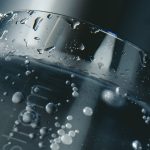
- A Walkthrough of the E6 Chilled Only
